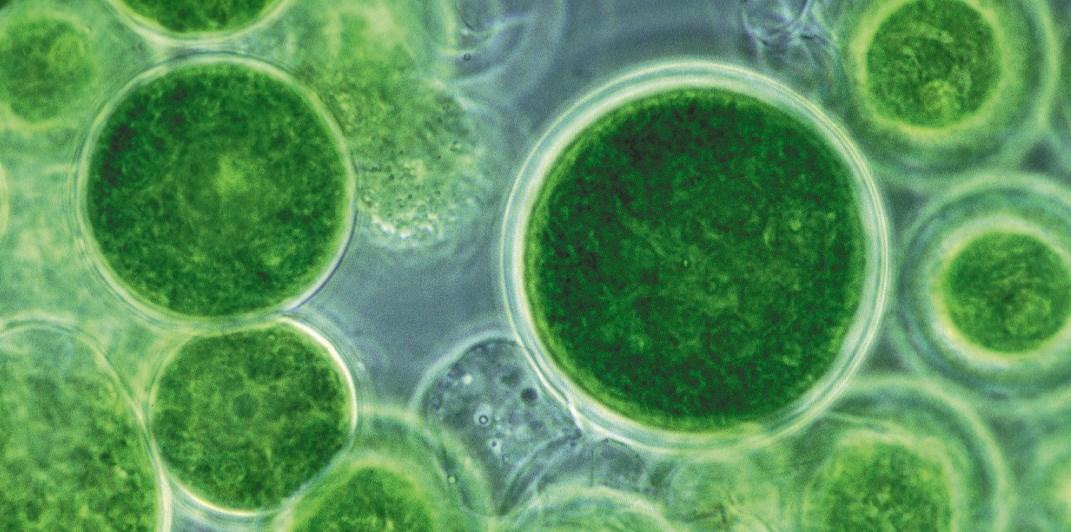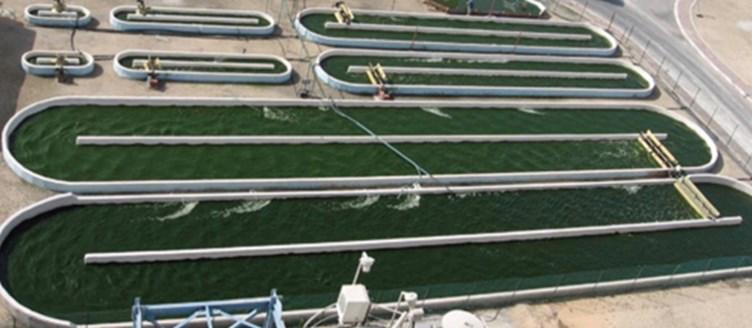
4 minute read
14
by Taylor Dodge
(Source: i.kinja-img.com)

Sea levels are rising, ice caps are melting, and oceans are warming. This is what climate change looks like and it is realer today than it has ever been before. These main issues, along with a multitude of other issues, can all be more or less traced back to the use of fossil fuels for energy. Since the start of the industrial revolution, fossil fuels, such as petroleum, natural gases, and coal, have been used as an energy source to power our modern world. These fossil fuels have been accumulating for millions of years, long before the dinosaurs were around. They form from dissolved organic matter sinking to the ocean floor where they settle and are essentially trapped into the sediments. But we, as a species, have been taking this trapped organic matter and releasing it back into the atmosphere through the use of fossil fuels at unprecedented rates. The carbon cycle naturally regulates the carbon in the atmosphere and in the ocean but has been unsettled by the increase in carbon released into the atmosphere through fossil fuel consumption, the same carbon that was meant to stay trapped in the sediments. The increase in CO2 can then lead to a vast array of other well-known but poorly-understood problems.

In order to lower the need for fossil fuels, scientists and environmentalist have been looking into other, more sustainable and eco-friendly, ways to create energy. One option that stands out amongst the rest is the use of microalgae to produce an alternate form of biofuel. Microalgae are small, microscopic algae that make up the base of the marine food chain providing energy through photosynthesis. There are many benefits of using microalgae as an alternate source of energy. Microalgae production is year round, meaning that it can constantly be produced without having to wait for certain growing seasons as do oilseed crops. Although they grow in water, they still do not require as much as land crops. Also, the environmental impacts are limited as they do not require a lot of land space as well as not requiring pesticides or herbicides. Those are just a few of the many, many positive factors of using microalgae as an alternative energy source. Although the potential for using microalgae is inherent, there are many factors that limit its production. In order for

Volume 8, Issue 5 microalgae to be financially feasible, they must be able to produce more energy in the form of lipids than it costs to grow and to produce them. This can be solved by many different factors. One of them is choosing an organisms that is capable of producing a high proportion of lipids on its own. The diatom Phaeodactylum tricornutum is an excellent candidate in producing microalgal biofuel. This diatom is fast growing and has a high percentage of stored lipids in its natural form (20-30%). Because the amount of lipids is crucial in the production of microalgal biofuel, scientist are working to find the most efficient way to increase lipid production without diminishing the growth rate. Nutrient starvation and genetic modification are two of the most common methods used to increase lipid production in cells, but more work is needed to be done before microalgae will be able to prove itself in the biofuel world as a real alternative source of energy. There are high hopes, though, for a cleaner future. If microalgae can replace fossil fuels effectively then there is the chance that CO2 levels will decrease to manageable levels and the predictions of the future will become more favorable.

Works Referenced:
(Source: algaeindustrymagazine.com)

Chisti, Y (May–Jun 2007). "Biodiesel from microalgae.". Biotechnology advances 25 (3): 294–306. doi:10.1016/ j.biotechadv.2007.02.001. PMID 17350212. History of Fossil Fuel Usage since the Industrial Revolution. (n.d.). Retrieved March 21, 2016, from https://www.mhi-global.com/ discover/earth/issue/history/history.html P. Schenk, S. Thomas-Hall, E. Stephens, U. Marx, J. Mussgnug, C. Posten, et al. Second generation biofuels: high- efficiency microalgae for biodiesel production. BioEnergy Research, 1 (1) (2008), pp. 20–43 L. Brennan, P. Owende, Biofuels from microalgae—A review of technologies for production, processing, and extractions of biofuels and co-products. (n.d.). Retrieved March 21, 2016, from http://www.sciencedirect.com/science/article/ pii/ S1364032109002408
G.C. Dismukes, D. Carrieri, N. Bennette, G.M. Ananyev, M.C. Posewitz. Aquatic phototrophs: efficient alternatives to l andbased crops for biofuel. Current Opinion in Biotechnology, 19 (3) (2008), pp. 235–240 T. Searchinger, R. Heimlich, R.A. Houghton, F. Dong, A. Elobeid, J. Fabiosa, et al. Use of U.S. croplands for biofuels increases greenhouse gases through emissions from land-use change. Science, 319 (5867) (2008), pp. 1238– 1240







